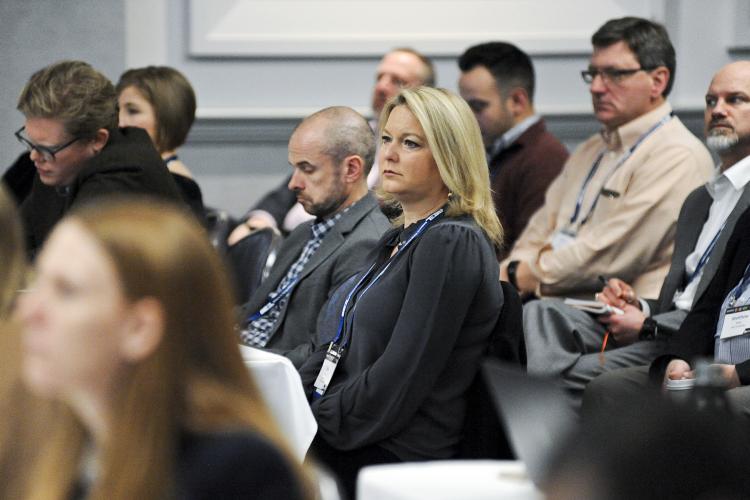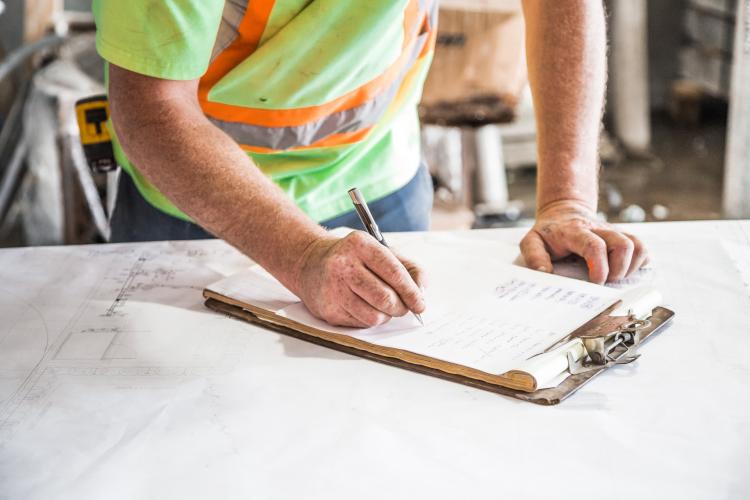Residential
Workshop Recap: Harnessing Technology to Engage Customers
The year 2007 was an unforgettable year for multiple reasons. Harry Potter and the Deathly Hollows (the final book of the series) was released, Al Gore won the Nobel Peace Prize for his work on Climate Change, and it sparked the start of the subprime mortgage crisis which sent America into the greatest recession since the great depression. But, perhaps more influential than anything else was when Steve Jobs introduced the iPhone to the world. The iPhone took the world by storm, completely changing the way society interacts with technology and the way technology interacts with society.
Home Energy Rating Variability Study
Home energy ratings are experiencing a growing role in energy code compliance. HERS Raters, in particular, often provide third-party verification services for minimum and above-code programs, including traditional compliance pathways contained in the International Energy Conservation Code (IECC), and more recently the Energy Rating Index (ERI) pathway. In recognition of this trend, the U.S. Department of Energy commissioned a study exploring the consistency and replicability of the HERS system, and in anticipation of HERS Raters assuming a greater role in energy code compliance.
Study Highlights:
3 Lessons from ACEEE’s Conference on Health, Environment, and Energy
The Energy/Health Connection
One in every 13 Americans has asthma, and we spend over $50 billion each year treating it. But did you know asthma attacks (and several other health issues) can be alleviated with better energy efficiency?
Energy efficiency policies and programs reduce pollution by offsetting the need for additional generation from power plants. Increasing energy efficiency and targeting programs to those most vulnerable for health issues (e.g. the elderly, people with existing chronic conditions, residents living in areas of higher pollution) improves public health while avoiding additional healthcare costs.
6 Energy Efficiency Financing Options You Should Know
Energy efficiency improvements can be expensive and burdensome for residential homeowners, renters and building owners. Luckily, there are an increasing number of financial options to help cover the up-front costs of efficiency upgrades. Below, we lay out several financing options to make our homes and workplaces more energy efficient.
1. On-Bill Financing
On-bill financing is an umbrella term for a financing program where a charge is added to a customer’s energy bill to repay a loan from a utility for energy efficiency upgrades. The utility acts as the lender and incurs the upfront costs of the improvements.
How It Works
Millions of Americans Struggle to Meet their Energy Needs – Efficiency Can Help
Nationwide, over 16 million households struggle to meet their heating, cooling and other energy needs, but energy efficiency is increasingly recognized as a potential solution to this problem. In 2018, Illinois, Michigan and Missouri began holding income qualified energy efficiency stakeholder collaboratives to strengthen program design and delivery for these communities. Throughout the Midwest, decision makers across the political spectrum recognize the value of low-income energy efficiency in helping families afford their basic energy needs.
New Research Shows the Myriad Benefits of Energy Efficient Homes
The case for residential energy efficiency often turns on two benefits: saving on energy bills or saving the world. But a recent study by the North Carolina Building Performance Association (NCBPA) found that energy efficiency in homes has another untapped selling point: a higher market value than less efficient homes.
EE First: The Right Way to Get to Net Zero Energy
This year's Midwest Energy Solutions Conference (MES) incorporated interactive workshops into its agenda for the first time ever, and one of the three workshops focused on Net Zero Energy (NZE) in the Midwest. MEEA staff wanted attendees to consider what Net Zero Energy means for energy efficiency (EE) in the Midwest specifically. (For the purposes of the workshop, “NZE” was referring to any building, development or community that does not use more energy than it produces. See DOE’s NZE definitions).
IHP Wins ENERGYSTAR Partner of the Year
Author’s note: this article is best enjoyed with musical accompaniment.
March Madness is over, and Villanova isn’t the only one taking home a trophy. We’re proud to announce that Illinois Home Performance won the 2018 ENERGYSTAR® Partner of the Year Award! With the help of an all-star starting lineup, IHP delivered a victory for homeowners and energy efficiency.
Highlight Reel
IHP previously won back-to-back Partner of the Year Awards in 2014 and 2015, followed up with an ENERGYSTAR Excellence in Promotion Award in 2017. How’s that for a dynasty?
New Series: Energy Efficiency Tipping Points
To most outsiders, the world of energy efficiency probably appears static with slow, incremental changes. A furnace rebate here, light bulb swap-out there, maybe an updated building energy code every few years. But it should come as no surprise to industry insiders that this isn’t the case at all. An explosion of new technology across every part of our economy is rapidly changing our energy savings goals and the ways we identify and capture those savings.








